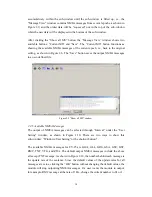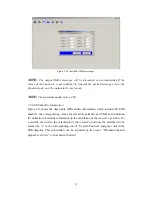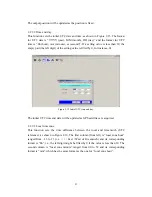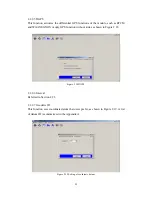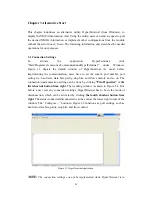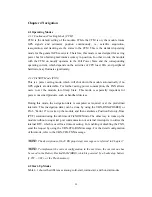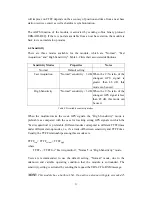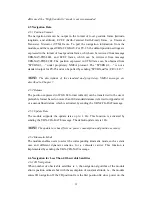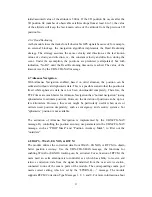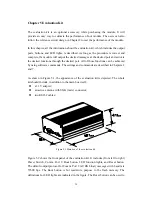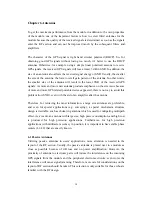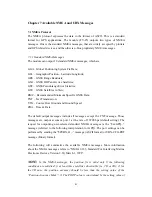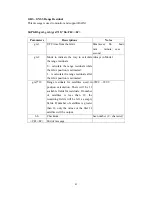
32
dB is used, the “High Sensitivity” mode is not recommended.
4.5 Navigation Data
4.5.1 Position Format
The navigation data can be output in the format of local geodetic frame (latitude,
longitude, and altitude), ECEF (Earth-Centered Earth-Fixed) frame, or Universal
Transverse Mercator (UTM) frame. To poll the navigation information from the
module, send the request UBX-CFG-NAV. For FV-25, the default position settings are
expressed in the format of local geodetic frame, which can be retrieved from message
UBX-NAV-POSLLH, and ECEF frame, which can be retrieved from message
UBX-NAV-POSECEF. The position expressed in UTM frame can be obtained from
“$PUBX,01,…” under proprietary NMEA protocol. The “$PUBX,01,…” is not a
standard output for FV-25 and can be polled by sending “$PUBX,sid*cs<CR><LF>”.
NOTE:
The descriptions of the standard and proprietary NMEA messages are
described in Chapter 7.
4.5.2 Datums
The position expressed in WGS 84 format (default) can be transferred to the user’s
preferable format based on more than 200 standard datums (referred to Appendix A),
or a user-defined datum, which is activated by sending the UBX-CFG-DAT message.
4.5.3 Update Rate
The module supports the update rates up to 4 Hz. This function is activated by
sending the UBX-CFG-RATE message. The default update rate is 1 Hz.
NOTE:
The update rate has effects on power consumption and position accuracy.
4.5.4 Kinematic Mode
The module enables users to select the corresponding kinematic mode, such as static
case and different dynamic scenarios, for a vehicular carrier. This function is
implemented by sending the UBX-CFG-NAV message.
4.6 Navigation for Less Than 4 Observable Satellites
4.6.1 2D Navigation
When number of observable satellites is 3, the navigation algorithm of the module
allows position estimate but with the assumption of constant altitude, i.e., the module
enters 2D navigation. If the 2D position fix is the first position fix since power on, the

